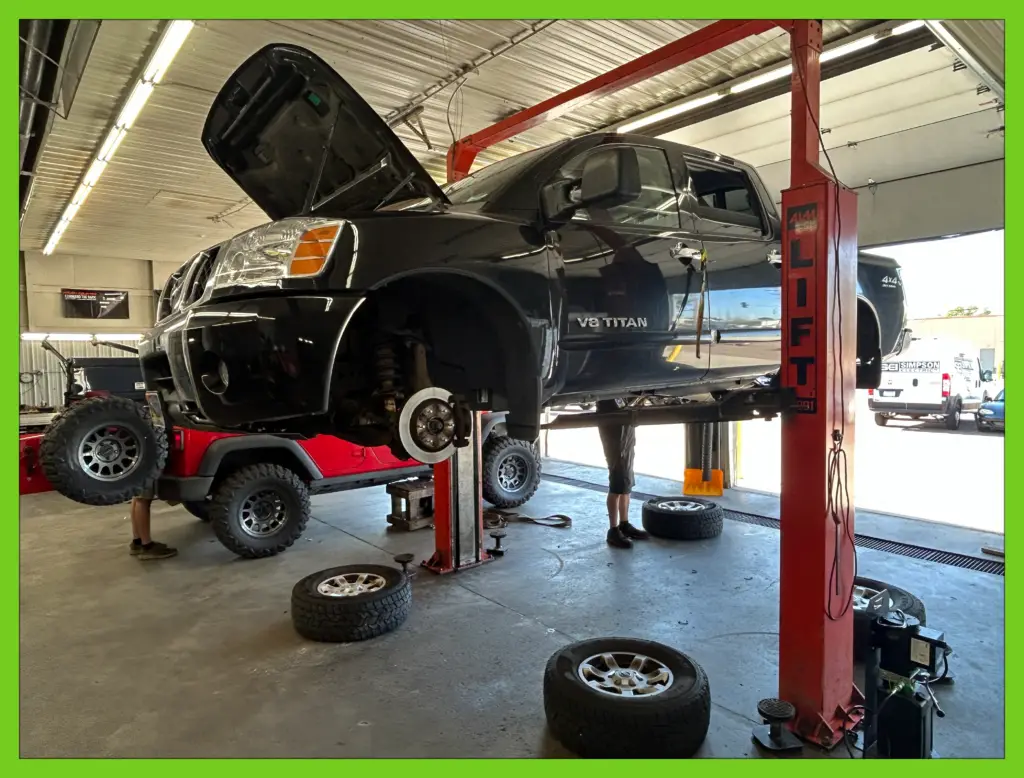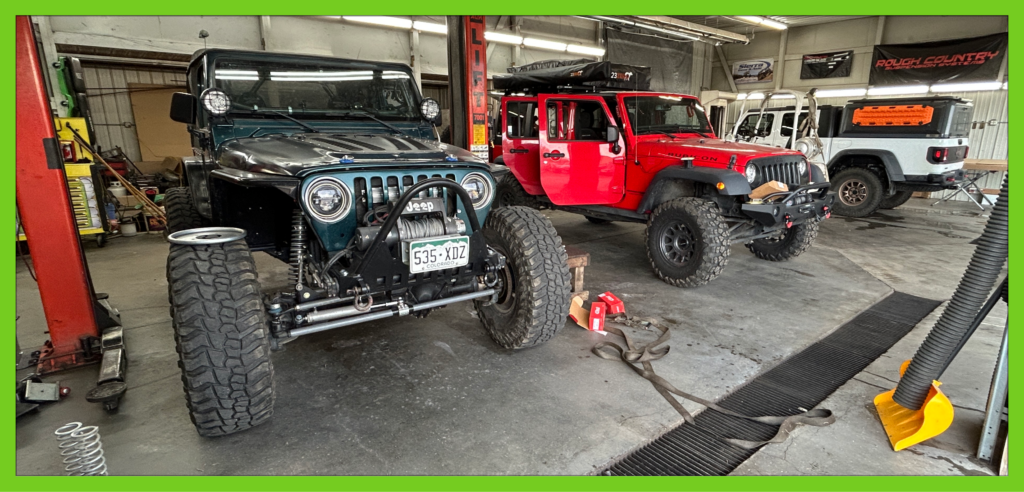Share:
Explore More Topics
Fall Maintenance Tips

Keep Your Vehicle in Top Shape
As the vibrant colors of autumn begin to paint the landscape, it’s a perfect reminder that our vehicles need some extra care to prepare for the colder months ahead. Fall is an ideal time for vehicle maintenance to ensure safety and reliability throughout the season. Here are some essential fall maintenance tips to keep your car running smoothly and efficiently.

Check Your Tires
- Tire Pressure: As temperatures drop, so does tire pressure. Check your tire pressure regularly and keep it at the manufacturer’s recommended level to ensure optimal handling and fuel efficiency.
- Tread Depth: Inspect the tread depth of your tires. Adequate tread is crucial for traction, especially on wet or slippery roads. Consider replacing tires if the tread is worn down.
- Winter Tires: If you live in an area prone to snow and ice, it might be time to switch to winter tires. These provide better grip and performance in cold weather conditions.
Inspect Your Battery
- Battery Life: Cold weather can be tough on your car battery. Check the battery’s age and condition. If it’s more than three years old, have it tested to ensure it’s holding a charge properly.
- Clean Connections: Ensure the battery terminals and connections are clean and free of corrosion. Dirty connections can prevent your battery from fully charging.
How to Clean Your Battery Terminals
Replace Wiper Blades and Fluids
- Wiper Blades: Fall often brings increased rain, making clear visibility essential. Replace your wiper blades if they are streaking or not clearing the windshield effectively.
- Windshield Washer Fluid: Use a washer fluid with antifreeze properties to prevent it from freezing in colder temperatures. Check and top off other fluids, such as engine oil, brake fluid, and coolant.
Inspect Brakes
- Brake Performance: Brakes are vital for your safety. Listen for any unusual noises when braking and have your brakes inspected by a professional if you notice any issues.
- Brake Fluid: Check the brake fluid level and condition. Low or dirty brake fluid can affect braking performance.
Check Your Heating System
- Heater and Defroster: Ensure your heater and defroster are working correctly. Properly functioning heating systems are crucial for comfort and safety during colder months.
- Cabin Air Filter: Replace the cabin air filter if it’s dirty. A clean filter improves air quality inside the car and helps the heating system work more efficiently.
Prepare an Emergency Kit
- Essentials: Equip your vehicle with an emergency kit that includes items such as a blanket, flashlight, first aid kit, jumper cables, ice scraper, and extra windshield washer fluid.
- Non-Perishable Food and Water: Keep some non-perishable food and water in your car in case of unexpected delays or emergencies.
Inspect Lights and Signals
- Exterior Lights: Check that all exterior lights, including headlights, taillights, brake lights, and turn signals, are functioning correctly. Replace any burned-out bulbs.
- Fog Lights: If your vehicle has fog lights, make sure they are in good working condition for increased visibility in foggy conditions.
Get a Comprehensive Inspection
- Professional Inspection: Consider scheduling a comprehensive inspection with your trusted mechanic. They can check for any potential issues and perform necessary maintenance to ensure your vehicle is in top shape for the fall and winter seasons.
By taking these steps, you can ensure your vehicle remains reliable and safe as the temperatures drop. Regular maintenance not only extends the life of your car but also provides peace of mind knowing you’re prepared for the challenges that fall and winter can bring. Happy driving!
